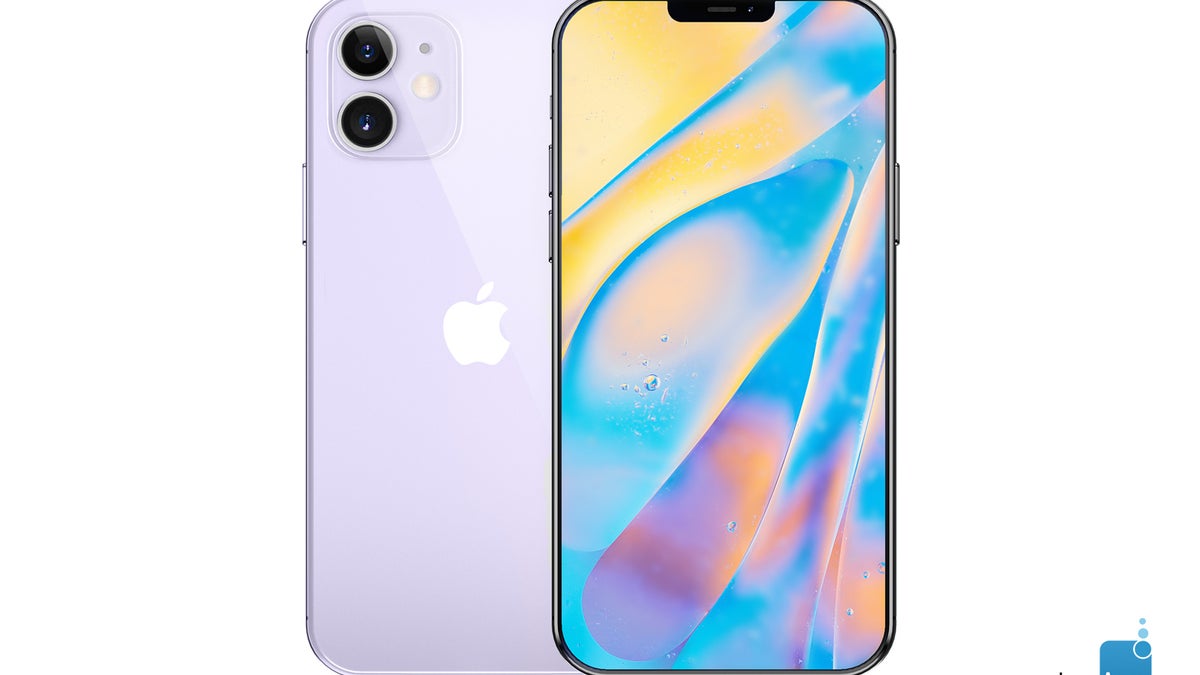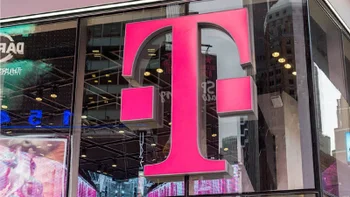Apple's complete shift to OLED displays tasked to LG and the iPhone 12 Max

By now, there is little doubt that 2020 will be the first year when Apple will release an iPhone 12 quartet where all handsets will be using OLED display technology. It took the company 9 years to switch to OLED after the first Galaxy S was introduced by Samsung with a unique and yet-unproven 480x800 Super AMOLED screen, but it is getting there now that the technology is cheaper and ubiquitous.
Unfortunately, ubiquitous still doesn't mean that the only game in town has changed when it comes to OLED screens, and depending on one supplier means price distortions, so Apple is looking for ways out of its co-dependency with Samsung, including working on things like microLED technology.
In the shorter run, however, with the iPhone 12 series, Apple may introduce its first serious in terms of production volume divergence from Samsung as a near-exclusive OLED screens supplier.
- iPhone 13 leaks, release date, price, and specs
The potential iPhone 12 Max bestseller may be released with an LG display
Samsung is such a juggernaut in the OLED business that it asked that Apple compensates it for panels ordered but not needed after the iPhone X sales fiasco. Last year, Apple tried to move away from Samsung by probing LG and BOE but their yield wasn't nearly enough for anything but small batches or repair parts, so Samsung again got the lion's share of iPhone OLED supply orders.
Now, however, Apple is apparently confident that LG is finally up to the task, and Korean media is reporting that it has ordered 20 million 6.1" iPhone 12 Max panels from it. The 12 Max will be a direct heir of the current iPhone 11 which in turn has been the most popular phone to buy in the US since launch.
The fact that Apple is trusting LG with its 6.1" OLED panel demonstrates a level of preparedness that LG probably didn't have last year, and explains the heavy investments and prioritization of its small and medium size OLED panel production lines.
The other three new iPhones - the 5.4" iPhone 12, the 6.1" iPhone 12 Pro, and the 6.7" iPhone 12 Pro Max - are said to have displays supplied by Samsung, to the tune of 55 million orders in total. Those figures show that Apple expects at least 75 million iPhones to be sold in the first quarter after the iPhone 12 release in the fall, and the largest share of those to be with LG-made displays.
The alleged 5.4" and 6.7" iPhone 12 Pro/Max models will reportedly have flexible OLED displays supplied exclusively by Samsung, and with the more expensive integrated touch module that Samsung calls Y-Octa. The 6.1" OLED screen supplies, on the other hand, are said to be shared with LG, and are said to carry an extra touch layer to keep costs down.
So far, Apple has only rarely tested the waters with LG OLED displays, as small and medium sized ones are not the company's strong suit, unlike big TV panels. It has relegated LG to secondary display supply functions for iPhone screen replacements or wearables like the Apple Watch, so it seems logical that the 6.1-incher could be the affordable model with lower screen resolution.
Another fact in indirect support of this theory is that the up-and-coming Chinese OLED makers from BOE have also been in the running for the 6.1" iPhone 12 Max's OLED display, but have so far demonstrated poor yields with sufficient quality, tip insiders, so Apple may only be left with the Samsung and LG sources.
LG, however, had a breakthrough recently, managing to raise quality yields enough to ship some 6.7" OLED screens for the iPhone 11 Pro Max. Those still won't be enough for the tens of millions of units that an eventual 6.1" iPhone 12 Pro and 6.7" Pro Max will likely ship in, so we'd still bet that LG will be supplying screens for the cheapest fall 2020 model only indeed, just as Korean media reports.
So far, Apple has only rarely tested the waters with LG OLED displays, as small and medium sized ones are not the company's strong suit, unlike big TV panels. It has relegated LG to secondary display supply functions for iPhone screen replacements or wearables like the Apple Watch, so it seems logical that the 6.1-incher could be the affordable model with lower screen resolution.
LG, however, had a breakthrough recently, managing to raise quality yields enough to ship some 6.7" OLED screens for the iPhone 11 Pro Max. Those still won't be enough for the tens of millions of units that an eventual 6.1" iPhone 12 Pro and 6.7" Pro Max will likely ship in, so we'd still bet that LG will be supplying screens for the cheapest fall 2020 model only indeed, just as Korean media reports.
Follow us on Google News













Things that are NOT allowed:
To help keep our community safe and free from spam, we apply temporary limits to newly created accounts: